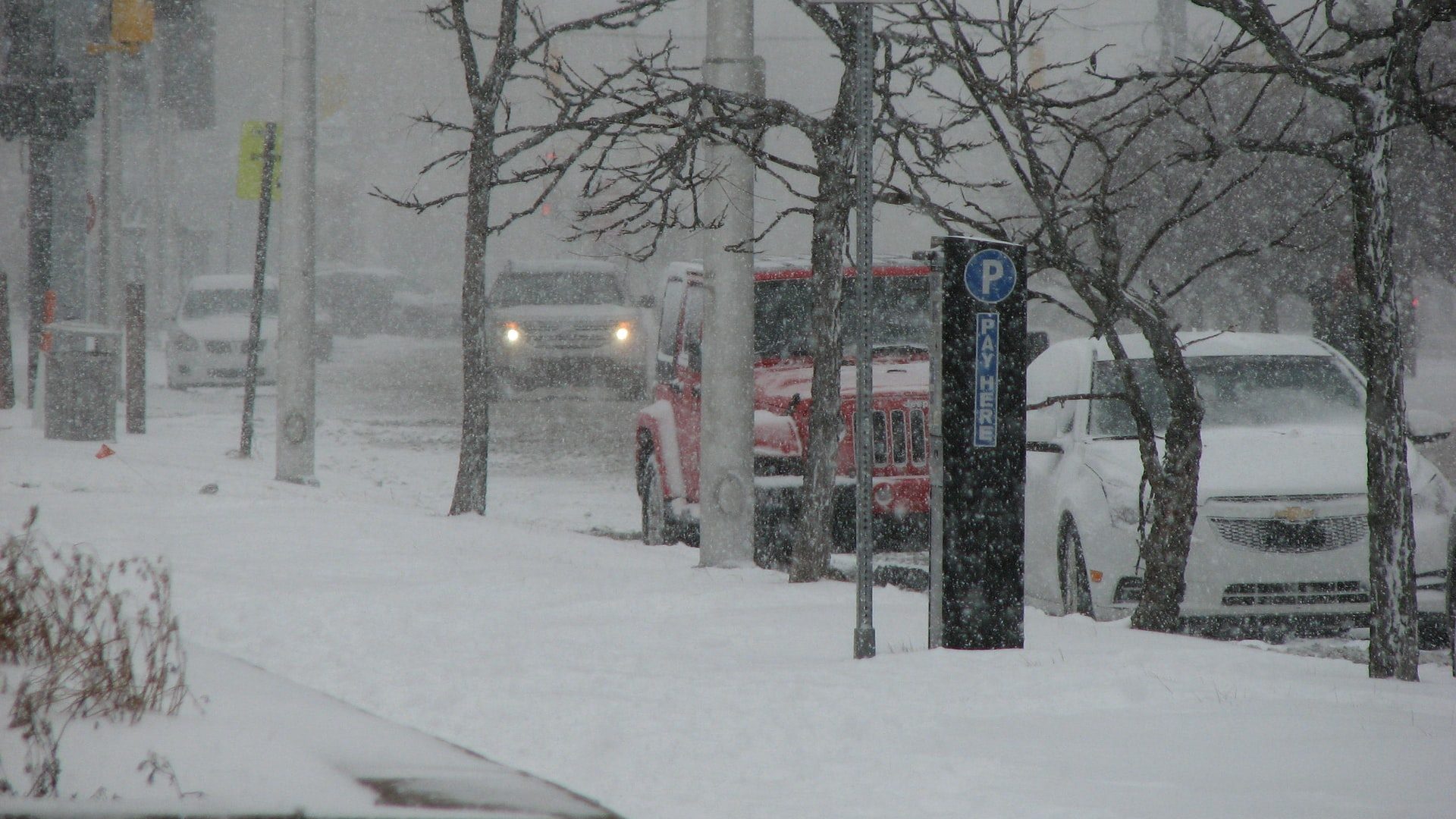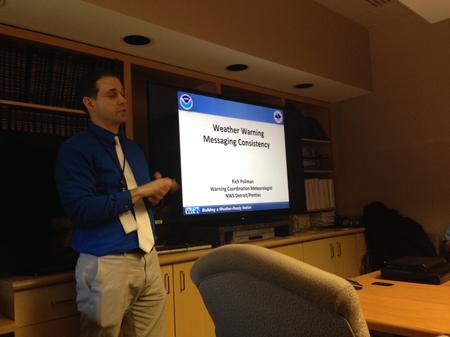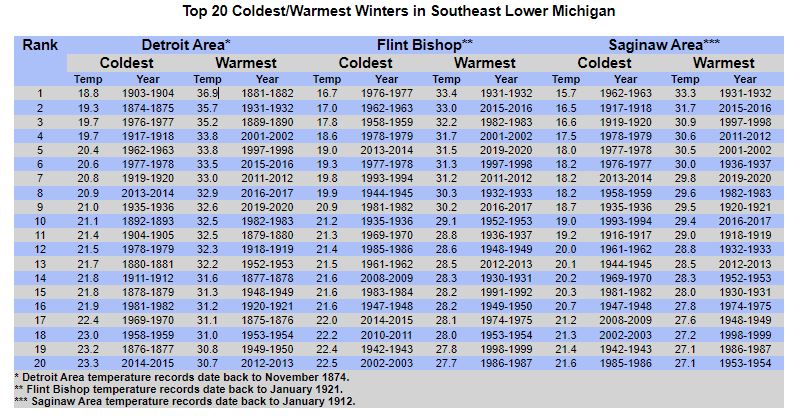Detroit’s 2021-22 Winter Could Be a Little Colder, Wetter and Snowier Than Usual
The National Weather Service has issued its seasonal outlook. It shows how ocean temperatures could affect our winter.

Metro Detroit got its first taste of a new winter at the end of November when several inches of snow fell over the last four days of the month. The region typically averages almost 3 feet of snow and about 7 inches of rain each winter.
The National Weather Service’s 2021-22 winter outlook calls for near- to above-normal snowfall, precipitation and temperatures.

Rich Pollman is the warning coordination meteorologist for the NWS office in White Lake Township. He says how much rain and snow Southeast Michigan gets will depend on the Pacific Ocean’s “La Nina” effect.
“With La Nina, we do have cooler waters in the Pacific off of South America,” he says. “What ends up happening is that we have a large area of high pressure over the northern Pacific, which moves the jet stream up into Alaska.”
After that, Pollman says the jet stream dives down across the northern Rocky Mountains, setting up a storm track toward the Great Lakes.
“It’s all dictated by the fact that the Pacific Ocean is such a large body of water and a large source of warm moisture and energy,” he says.
What About the Polar Vortex?
Pollman says the term “polar vortex” caught fire on social media a few years ago, but it describes a phenomenon that’s always present. The arctic air mass occasionally dips south into Canada, causing temperatures in Michigan to plummet.
“We usually see one or two arctic outbreaks every year,” Pollman says. “And that arctic air will have a chance to move into the Great Lakes with any vigorous storm system that happens to move across our region.”

Winters Have Been Getting Warmer Since 2001
Six of the 20 warmest winters on record in Metro Detroit have occurred since the turn of the 21st century. Pollman says that’s a direct impact of a warming planet.
“The warmer air holds more moisture, and so you’re going to get heavier rain in the winter,” he says. “Instead of having maybe 25° F, we’re at 30° F. That warmer air mass can hold more water, which leads to more snowfall.”
Listen: The forecast for winter 2021-22 in Metro Detroit.
Trusted, accurate, up-to-date.
WDET strives to make our journalism accessible to everyone. As a public media institution, we maintain our journalistic integrity through independent support from readers like you. If you value WDET as your source of news, music and conversation, please make a gift today.
